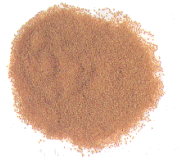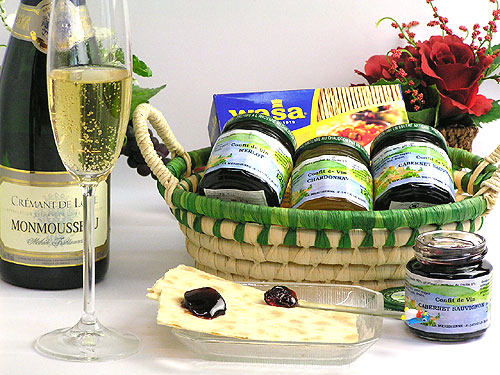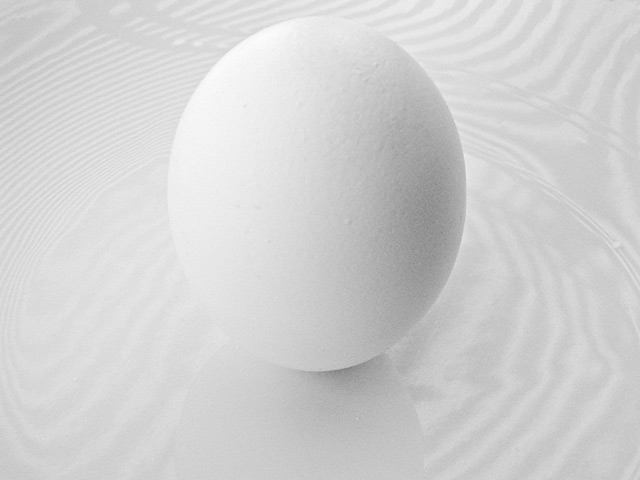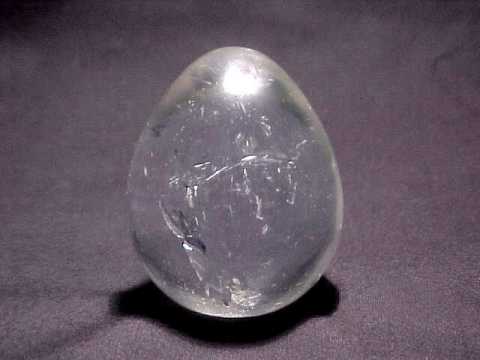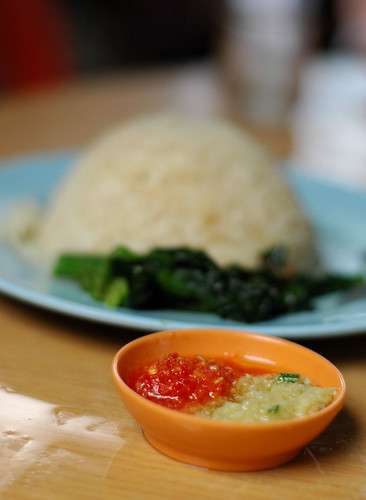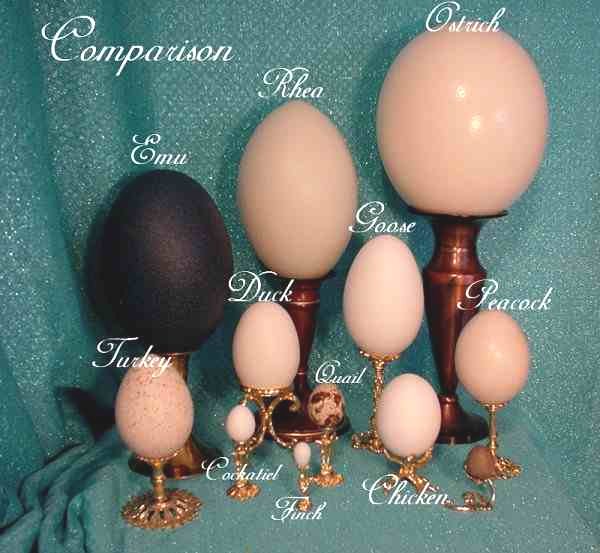>more herb mousses
 It is no mystery that I am drawn to herb mousse.
It is no mystery that I am drawn to herb mousse.
Because mousse also means moss. If you've ever admired a beautiful moss-covered rock or tree bark on a rainy day you know what I mean.
My friend Ivy used to recite passages from Nancy Drew's Moss-Covered Mansion. I didn't really get Nancy Drew. I was into Sherlock Holmes.
Because the word mushroom also comes from mousse - a rationalization of sorts for the mostly inexplicable allure of both mushroom and mousse.
And because it's green. It can be red, too. Sorry I didn't strictly limit the list to herbs. Happy belated Christmas, everyone.
***
-Skewers of scallops and Spanish ham with parsley mousse, zucchini, and passion vinaigrette - Sol e Luna Restaurant, Grand Case, St. Martin
-Grilled lamb fillet with savory herb marinade, habichuela blanca mousse - Casa Havana, Grand Cayman, Cayman Islands
-Mild smoked salmon served with salad, horseradish mousse and deep-fried sage - Parkhotel Gunten, Switzerland
-Artichoke puree, fingerling potatoes, braised shallots, spinach, red pepper mousse - The Gables at Chadds Ford, Pennsylvania
-Sformati di Bietole (swiss chard mousse charlotte, grated parmesan) - Rustico, Sausalito, California





